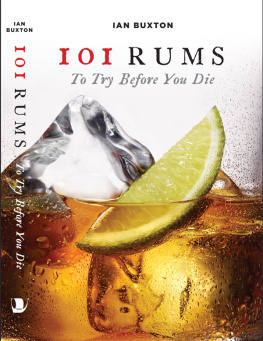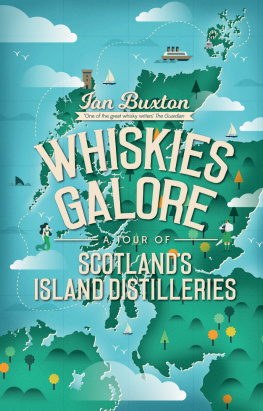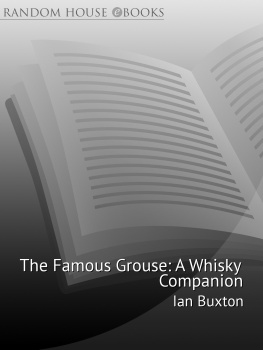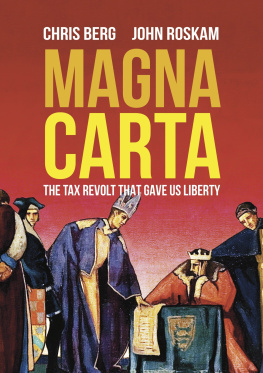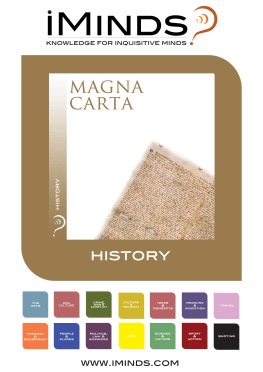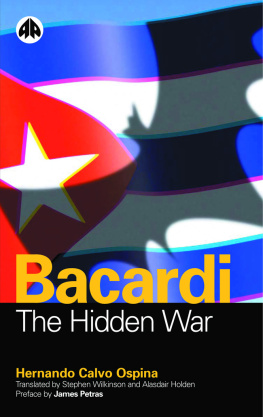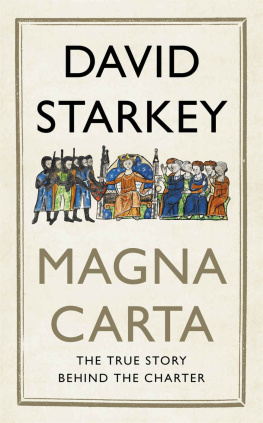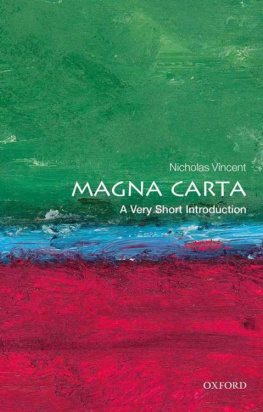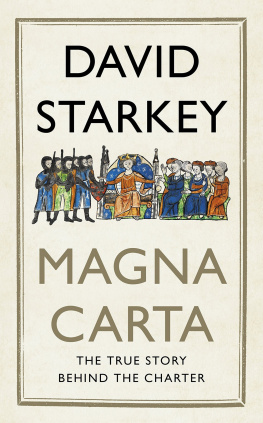Contents
Guide
101 RUMS
TO TRY BEFORE YOU DIE
101 RUMS
TO TRY BEFORE YOU DIE

IAN BUXTON

First published in Great Britain in 2018
by Birlinn Ltd
West Newington House
10 Newington Road
Edinburgh
EH9 1QS
www.birlinn.co.uk
ISBN: 978 1 78885 043 8
Copyright Ian Buxton, 2018
All rights reserved. No part of this publication may be reproduced, stored, or transmitted in any form, or by any means electronic, mechanical or photocopying, recording or otherwise, without the express written permission of the publisher.
The moral right of Ian Buxton to be identified as the author of this work has been asserted by him in accordance with the Copyright, Designs and Patents Act 1988
British Library Cataloguing-in-Publication Data
A catalogue record for this book is available on request from the British Library
Designed by Teresa Monachino
Printed and bound by PNB Print, Latvia
CONTENTS


INTRODUCTION
Perhaps its the funk, or the hogo, or the thunder of the dunder, but whatevers going on, rum is definitely having a moment. Rum, after centuries in the doldrums, is once again a thing.
But what sort of thing, because theres no denying that rum can be confusing. There are a confusing number of styles. Do you, for example, prefer your rum in the British, French or Spanish style? Do you refer to it by colour? White or silver, as some would have it gold or dark might be your guide. And where do you stand on the vexed question of added sugar: is it a sweet benediction or the work of the Devil?
Does rum have to come from the Caribbean? In fact, its made virtually everywhere that sugar cane is grown and quite a few places where it isnt, unless Ive missed Orkneys lush and verdant sugar fields. Rum is made pause for impressive list all across the Caribbean; in Central and Latin America; Canada and the USA; much of Africa; Australia; India and in the islands of the Indian Ocean; Japan; the Philippines; Nepal; Thailand; parts of Europe; England; and, yes, even in bonnie Scotland. And, as things stand, Ive probably missed a good few (Albanian rum, anyone? It could well be out there). Once upon a time rum was a major industry in New England. Its remarkable geographic spread is part of rums appeal and yet, as we shall see, one of its challenges.
Then theres the question of the stills. Some swear by the product of the pot still; others are aficionados of the traditional column; while yet a third school maintains the superiority of the modern multicolumn still. Or, as many do, you can blend the spirit from different types of stills and why not, because the results can be delicious. And though most rum is made from molasses, if this book were published in France, the automatic assumption would be that it was made, naturellement, with fresh sugar cane juice. Strangely though, sugar beet alcohol, despite some small experiments, is not generally accepted as rum.
Cane sugar is also used to produce cachaa (sometimes termed Brazilian Rum), clairin (native to Haiti), aguardiente (Andean South America), arrack (Asia; rice and other additives may be added to the distillation) and basi (from the Philippines). Not to be purist, but as these are rarely if ever seen in the UK, apart from clairin they fall outside the scope of this book. And, because its anathema to hardcore rum snobs, dare we mention spiced rum?
Actually, though, why not? Spiced rum can claim a great heritage and some of todays most exciting and innovative rum-based drinks are a play on spiced rum. Whats more, the popular brands of spiced rums bring new drinkers into the category and, potentially, introduce them to the amazing world of this most versatile of spirits. If you accept rum as a key ingredient in classic cocktails, as even the most hardline and pedantic stickler seems to do, then I cant see the problem that some commentators have with spiced rum. But while youll find a few of the best listed here, the Captain is missing in action.
By contrast, one of the most interesting products in this book, supplies of which should be reaching the UK around about the time this goes to print, is a twenty-first-century take on a very traditional spiced rhum agricole or clairin tremp from Haiti (see entry 21 Boukman).
However, though this probably isnt a book for purists, even they will be pleased that Ive drawn the line at flavoured rums. There is so much flavour in good rum to start with that added flavourings such as torched cherry, wolfberry (no, Ive no idea either) and coffee rum (why, just why?) seem uncalled for. If flavoured alcohol is what you want, then look in the vodka aisle, as there will certainly be something there for your inner adolescent, but please, step away from the rum.

That said, I couldnt resist including one particular pineapple-infused rum that comes with stellar credentials. Its based on a recipe mentioned by Charles Dickens who, as far as Im aware, never extolled the virtues of torched cherry or coffee rum. If hot pine-apple rum-and-water was good enough for Boz then its certainly good enough for me.
In my listings Ive attempted a spread of style, origin, colour and flavour. Ive tried to point out that great rum doesnt need to be mixed with cola (in fact, Id rather you didnt do that) or even used in a cocktail tasty and enjoyable as some of these really are but can be enjoyed exactly as you would a fine cognac or Scotch whisky.
Actually, thats part of the reason for rums rapidly growing popularity. An ever-increasing number of whisky drinkers, especially those who in the past might have favoured single malt Scotch, have grown disenchanted with whiskys increasingly desperate attempts to play with the trendy kids. As whisky has become more fashionable, so demand has risen and, inexorably, so have prices; a trend that has been further compounded by shortages of mature stock and ever more lavish and costly (not to say, vulgar) packaging. A move by many producers to drop age declarations in favour of No Age Statement (or NAS) bottlings has not been universally well received, and more than a few traditionally minded whisky consumers have begun to look around for the combination of flavour, rich heritage and value that once characterised Scotch.
Realising, belatedly, thats there more to rum than rum and Coke, many have ended up exploring and savouring a world of outstanding quality rums which, currently, offer remarkable value for money. Having said that, there are some alarming signs that certain distillers (or their marketing departments) have looked with greedy eyes at whisky pricing. But despite that worrying development, its still very hard indeed to find a rum at anything over 1,000 a bottle and, rare antiquities and limited-edition commemoratives aside, there is nothing currently available on the UK market at more than 3,500. Even Havana Clubs remarkable Mximo Extra (number 49) could be yours for under 1,250. It is the most expensive rum in the book, but I have made an extra-special effort on your behalf and tasted it. You can thank me later.

